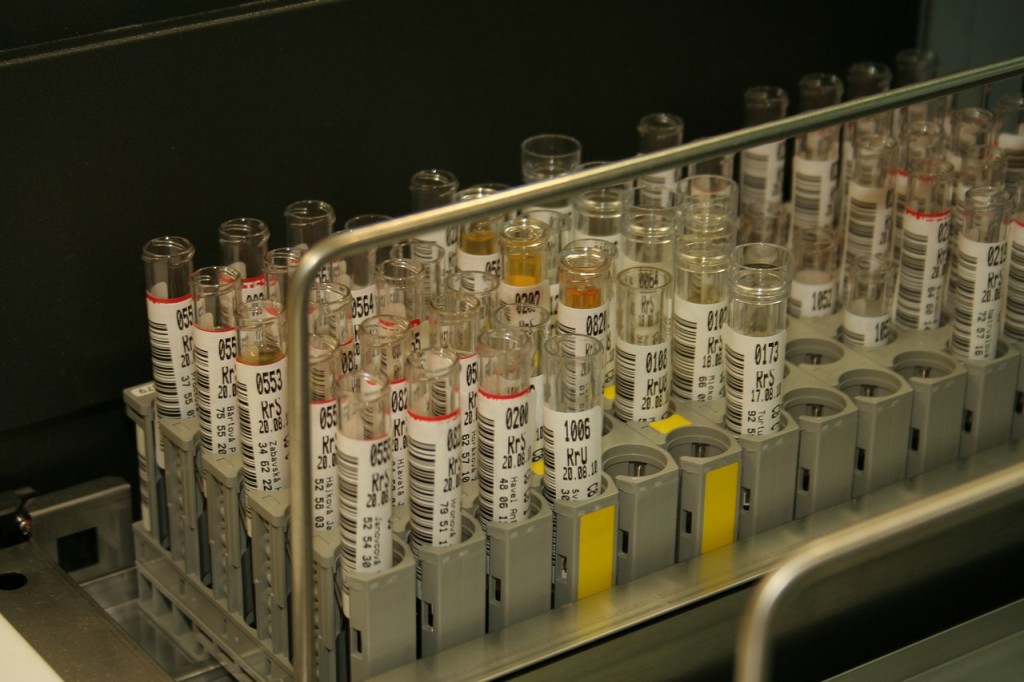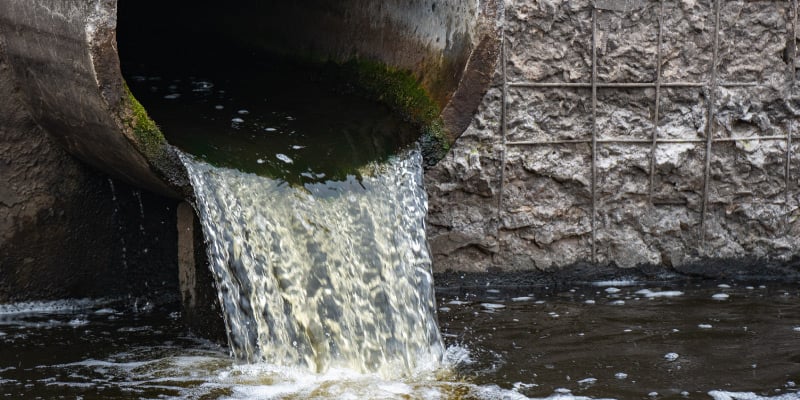Just How Fluid Waste Disposal Functions: A Thorough Introduction of Methods and Technologies Used

Overview of Liquid Waste Types
The complexity of liquid waste types necessitates a complete understanding of their features and ramifications for disposal. Fluid waste can extensively be classified into several types, consisting of commercial, local, farming, and harmful waste. Each classification exhibits distinct homes, requiring specific monitoring approaches to mitigate environmental and wellness dangers.
Industrial fluid waste originates from manufacturing procedures and commonly consists of a series of pollutants, such as hefty metals, solvents, and organic substances. Community liquid waste, mostly comprising wastewater from families and business facilities, includes natural issue, nutrients, and microorganisms (industrial wastewater treatment). Agricultural fluid waste, consisting of runoff from ranches, might include fertilizers, chemicals, and animal waste, posturing risks to water top quality and environments
Harmful liquid waste is defined by its poisoning, sensitivity, or possible to cause injury. This category consists of compounds like acids, bases, and particular chemicals that require stringent handling and disposal procedures. Understanding these varied liquid waste kinds is essential for creating effective disposal techniques and guaranteeing conformity with environmental guidelines. Correct category and characterization are crucial for executing ideal treatment methods and decreasing the adverse influence on public health and the atmosphere.
Physical Therapy Approaches

Testing is the first step, where larger fragments and debris are gotten rid of from the fluid waste making use of displays or grates. In sedimentation tanks, larger fragments resolve at the base, forming a sludge layer, while the cleared up liquid can be more dealt with.
Filtering is another essential approach that includes passing the liquid via porous products, such as sand or membranes, to record smaller particles. This step improves the high quality of the liquid, making it suitable for subsequent therapy procedures.

Chemical Treatment Strategies
Chemical treatment methods are vital for effectively taking care of liquid waste, especially in addressing liquified and colloidal impurities that physical techniques might not properly get rid of. These techniques use numerous chemical agents to counteract, precipitate, or transform unsafe substances into much less hazardous types.
One usual method is coagulation and flocculation, where chemicals such as alum or ferric chloride are included to advertise the gathering of suspended bits. This procedure enhances sedimentation, enabling for much easier elimination of the resulting sludge. Additionally, oxidation processes, using agents like chlorine or ozone, are utilized to break down complex organic substances and virus, providing the waste safer for discharge or additional treatment.
Neutralization is an additional critical method, which changes the pH of acidic or alkaline waste streams to neutral degrees, protecting against potential harm to downstream systems and the environment. In addition, advanced oxidation processes (AOPs) use mixes of oxidants and ultraviolet light to deteriorate consistent contaminants, accomplishing a higher degree of therapy effectiveness.
Organic Treatment Processes
Biological treatment processes play a crucial function in the administration of liquid waste by using microorganisms to disintegrate click for more info raw material and click this link reduce contaminant degrees. These procedures can be generally classified into aerobic and anaerobic treatments, each employing details microbial communities to achieve reliable waste deterioration.
Aerobic treatment involves the usage of oxygen to promote the break down of natural products by bacteria. This procedure is typically carried out in activated sludge systems, where oygenation tanks give a conducive atmosphere for microbial growth, resulting in the oxidation of organic contaminants. The resultant biomass can be separated from dealt with effluent via sedimentation.
In contrast, anaerobic treatment takes place in the absence of oxygen, counting on various microorganisms to break down raw material. This method is especially helpful for high-strength waste, as it creates biogas, a renewable resource source, while lowering sludge manufacturing. Technologies such as anaerobic digesters are regularly utilized in commercial and community applications.
Both anaerobic and cardio organic treatments not only lessen Recommended Site the ecological impact of liquid waste yet likewise assist in resource recuperation, making them necessary components of sustainable waste monitoring methods. Their effectiveness, performance, and flexibility support their prevalent execution throughout numerous industries.
Arising Technologies in Disposal
Innovative techniques to liquid garbage disposal are swiftly progressing, driven by developments in modern technology and a boosting focus on sustainability. Among these arising innovations, membrane layer bioreactors (MBRs) have gotten grip for their capacity to integrate biological treatment with membrane layer filtration, leading to high-grade effluent that can be reused in numerous applications. MBRs make it possible for smaller footprints and much more effective procedures contrasted to standard systems.
An additional appealing growth is using anaerobic food digestion combined with nutrient recovery technologies, which not just treats liquid waste yet additionally produces biogas and recovers important nutrients like nitrogen and phosphorus. This dual advantage enhances resource performance and reduces ecological impact.
In addition, advanced oxidation processes (AOPs) are being adopted for the deterioration of complex natural contaminants. These techniques make use of effective oxidants and drivers to damage down impurities at the molecular level, using a very effective service for difficult waste streams.
Additionally, the assimilation of artificial intelligence and machine learning in waste administration systems is enhancing operational efficiency and anticipating upkeep, bring about lowered expenses and improved ecological compliance. These modern technologies mirror a substantial shift in the direction of more sustainable and reliable liquid garbage disposal practices.
Verdict
In conclusion, effective fluid waste disposal necessitates a thorough understanding of various methods and innovations. By continually progressing these approaches, it comes to be possible to deal with the expanding obstacles linked with fluid waste, ultimately adding to ecological protection and resource recovery.
Liquid waste disposal is an essential facet of ecological monitoring, calling for a comprehensive understanding of various strategies and modern technologies customized to various waste kinds. Liquid waste can broadly be categorized into several types, consisting of industrial, community, agricultural, and dangerous waste. Agricultural fluid waste, consisting of drainage from ranches, might consist of plant foods, pesticides, and animal waste, posturing risks to water quality and communities.
Various physical treatment methods play a crucial duty in taking care of fluid waste successfully - industrial wastewater treatment.In final thought, effective liquid waste disposal demands an extensive understanding of different techniques and modern technologies